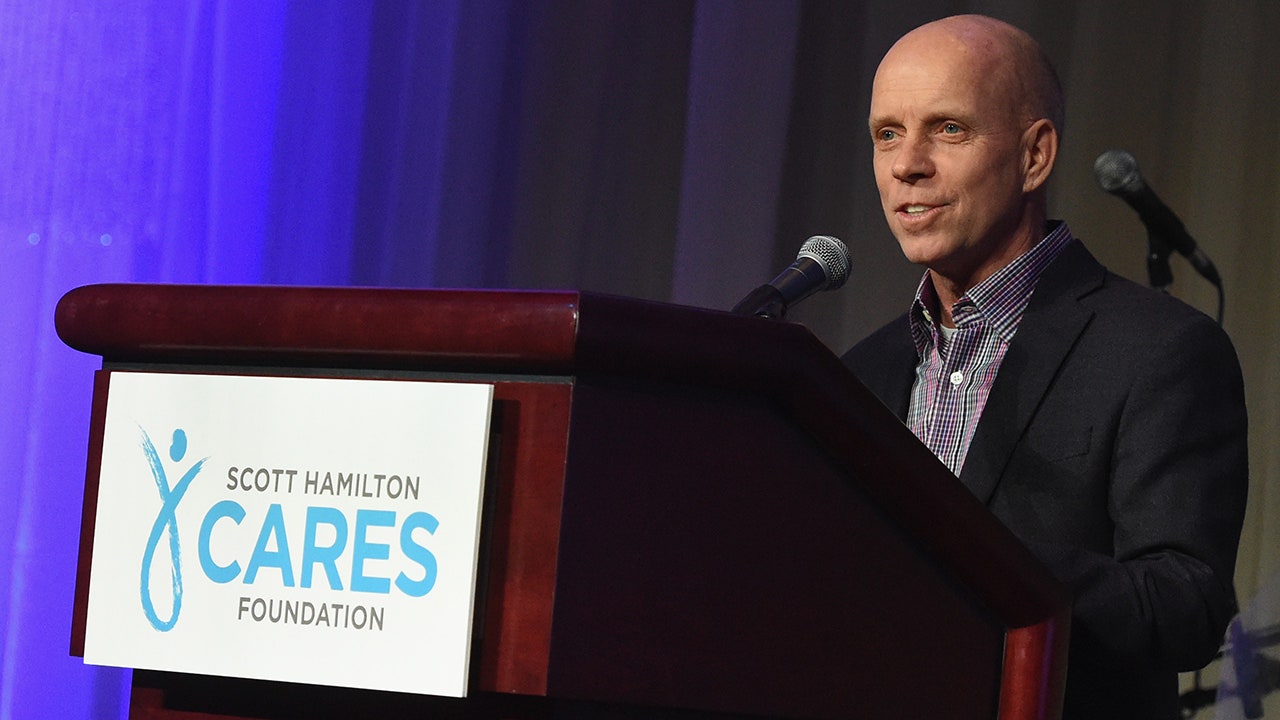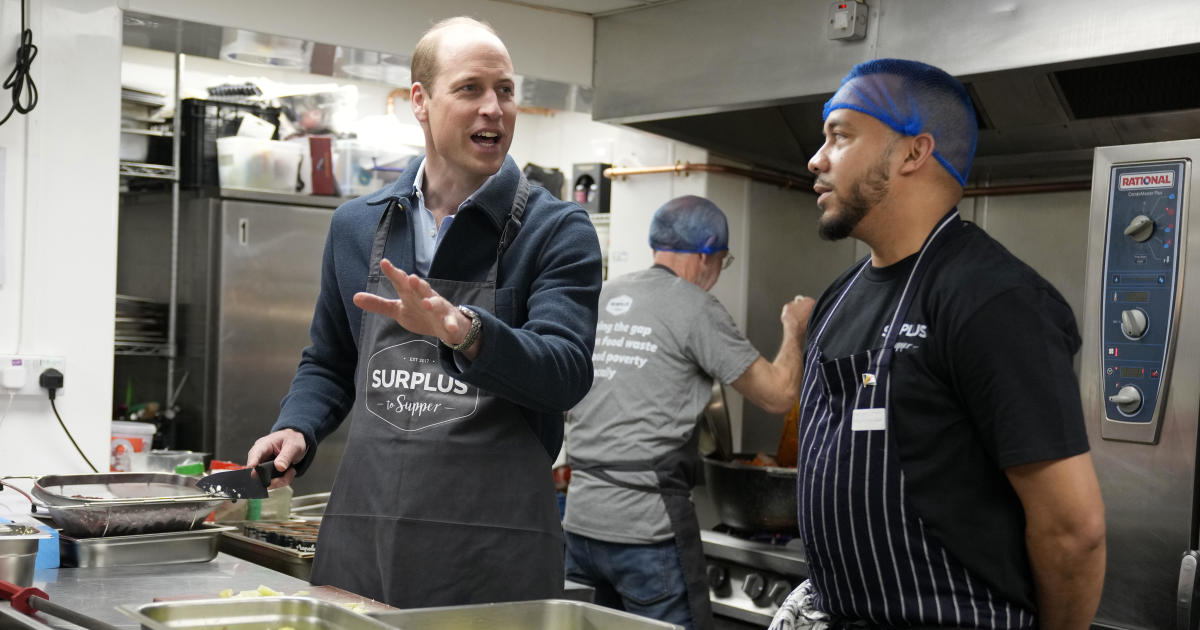The category encompasses state-sanctioned forced labor in militaries, fields, factories and prisons. In many U.S. prisons, inmates are compelled to work for far below minimum wage and without other legal protections.
Types of state-imposed labor vary — from prisons, both state and federal, public and private, as in the United States, to the widespread use of work camps and abuse of conscripts in highly repressive countries such as North Korea and Eritrea.
The report, a global census of modern-day enslavement based on data from 2021, finds evidence of state-imposed forced labor in Belarus, Brazil, China, Egypt, Libya, Mali, Mongolia, Myanmar, Poland, Russia, Rwanda, Turkmenistan, Vietnam and Zimbabwe.
Under international law, governments can require people to work under certain conditions, such as conscription and states of emergency. But “a state exceeds these limits when it compels citizens to work as a punishment for expressing or acting on political views, or for the purpose of economic development, or as a means of racial, ethnic, social, or religious discrimination,” according to standards summarized in the report.
Worldwide, government authorities forced some 3.9 million people to work in 2021 — among an estimated 50 million people enslaved in involuntary labor or marriage, according to the report.
The estimates are likely to be undercounts, as “modern slavery” often remains hidden and taboo to discuss, said Jacqueline Larsen, Walk Free’s deputy director and head of global research. The report surveys 160 countries. Some, such as Yemen and Syria, are too dangerous to access fully. The analysis uses the term “modern slavery” to encompass legal concepts prohibiting “situations of exploitation that a person cannot refuse or leave because of threats, violence, coercion, deception, and/or abuse of power.”
The index offers a conservative estimate that 1 in 150 people are enslaved worldwide. The figure rises to 1 in 130 for women and girls. The index found the highest rate of slavery in Afghanistan, Eritrea, Kuwait, Mauritania, North Korea, Russia, Saudi Arabia, Tajikistan, Turkey and the United Arab Emirates.
More than half of enslaved people live in G-20 countries, a bloc made up of the world’s richest economies, the report finds. G-20 countries import annually about $468 billion of products at risk of being made by the labor of enslaved people, including electronics, clothes and solar panels, according to the report.
Although they are estimates, the figures aim to highlight how pervasive modern-day slavery remains in every region of the world, through debt bondage, human trafficking, forced marriage and involuntary labor, Larsen said.
Within these broader categories, state-imposed labor “is one of the forms of modern slavery that could be addressed relatively quickly as it’s about state policies,” she said.
The report highlights three broad kinds of state-compelled labor. The abuse of detainees — in Belarus Brazil, China, Libya, North Korea, Poland, Russia, Turkmenistan, the United States, Vietnam and Zimbabwe — account for more than half of reports analyzed.
About one-fourth of cases concern the abuse of conscripts, in countries including Eritrea, Egypt, Mali and Mongolia. About 17 percent involve people being forced to work for the state’s economic gain, such as compulsory cotton picking in Turkmenistan, or cases of Myanmar forcing ethnic minorities to work for the military or other authorities.
The slavery index does not rank countries according to the prevalence of state-compelled labor because of a lack of sufficient data, Larsen said, though North Korea and Eritrea, which top the overall slavery index, are likely the worst violators.
Eritrea has mandatory — and indefinite — conscription for all males between 18 and 40. According to a 2015 report by the United Nations Commission of Inquiry, “the indefinite duration of national service, its terrible conditions — including arbitrary detention, torture, sexual torture, forced labour, absence of leave and the ludicrous pay … make national service an institution where slavery-like practices are routine.”
In North Korea, an estimated 1 in 10 people are enslaved, most of whom forced to work by the state, according to the report and other U.N. findings.
The United States has the world’s highest incarceration rate. A 2022 report by the American Civil Liberties Union found that about two-thirds of prisoners in public and private institutions, or about 800,000 people, were forced to work. Many faced punishment for refusal. Nationally, prisoners are paid a pretax hourly average wage of 52 cents, and in some states nothing, while producing billions of dollars in good and services for prisons, according to the ACLU.
“The roots of modern prison labor can be found in the ratification of this exception clause at the end of the Civil War, which disproportionately encouraged the criminalization and effective re-enslavement of Black people during the Jim Crow era, with impacts that persist to this day,” the ACLU found in a 2022 report.
Supporters of compulsory prison labor in the United States argue that the practice is constitutional, offsets prison costs and helps rehabilitate prisoners into the workforce.
Of the 17 countries accused of forcing people to work, the United States ranked highest in the index’s list of counties moving toward reform. For the United States, those efforts are complicated by the country’s decentralized system of federal, state and privately run prisons. In the 2022 midterm elections, Alabama, Oregon, Tennessee and Vermont voted to ban prison labor in their state constitutions, joining a handful of others.
Court cases challenging involuntary prison labor are ongoing in several states. A 2020 lawsuit by the NAACP against the state of Arizona accused it of sending prisoners to private prisons to “generate revenue and profits for the monetary benefit of corporate owners, shareholders and executive management.”
Globally, the practice of “modern slavery” is not shrinking. Since Walk Free’s previous assessment in 2018, an estimated additional 10 million people were forced into slavery worldwide.
The increase came “against a backdrop of increasing and more complex conflicts, widespread environmental degradation, climate-induced migration, a global rollback of women’s rights, and the economic and social impacts of the covid-19 pandemic,” the 2021 report finds.
“It is a problem of our own making,” Larsen said. “So it is completely within our power to address.”















































